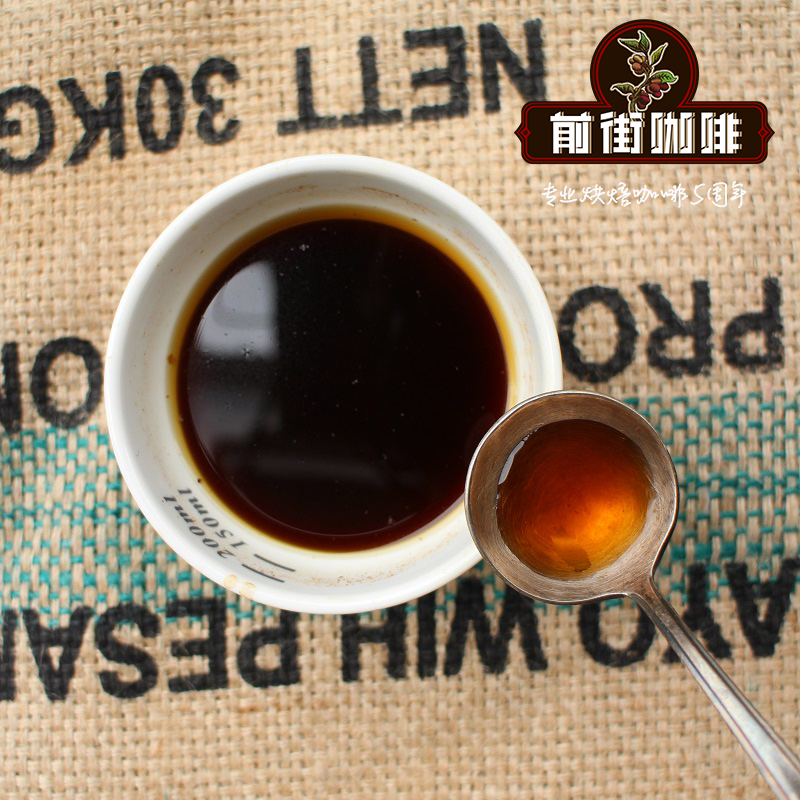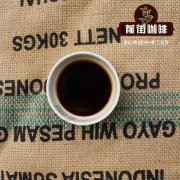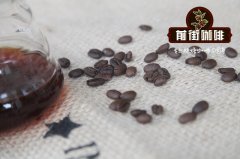What's the difference between a siphon pot and a cup of coffee made by siphon?

Professional coffee knowledge exchange more coffee bean information please follow the coffee workshop (Wechat official account cafe_style)
What is the difference between hand brewing and syphon brewing coffee?
When we buy coffee beans in a coffee shop, the cafe owner will ask you kindly, "do you want to grind it?" The next sentence asked, "how fine do you want to grind?" Or ask, "what kind of cooker do you use?" It can be seen that there is a direct relationship between the brewing equipment and the size of coffee beans. Also, what kind of brewer should you choose when you are ready to start making coffee at home? First of all, let's compare the hand punch with the siphon.
Before discussing its differences, you might as well ask yourself what kind of coffee you like. Smells good? Thick? Refreshing? Thick? If you are used to drinking hot coffee, you can choose siphon. In terms of temperature, the water temperature before hand brewing is not as high as siphon. Coupled with the time spent waiting for coffee to drop, coffee is easy to cool, so some people like to drink hand brewing in summer and siphon in winter. "hand pie" has a set of self-saving ways to cool down, that is, sometimes when you go to a coffee shop, you will see a red heat preservation stove under the coffee pot in order to prevent the coffee from losing its temperature.
If you like to drink more refreshing taste, you can choose hand flushing. Hand flushing will leave the coffee bean oil on the filter paper, rather than into the coffee, creating a refreshing taste and rich layers, while siphoning retained coffee oil will make the taste richer and more fragrant, just like other foods, oil is more fragrant.
Now, in addition to espresso, cafes seem to offer more hand brewing than siphon, mostly because hand brewing is fast and convenient, while glass siphon is easy to break, consumes, and takes a long time to clean.
What is the relationship between the size of coffee powder and utensils? According to the "Gold cup" theory, making the coffee concentration and extraction rate reach a golden ratio is a cup of good flavor coffee. In general, the shorter the extraction time, the smaller the coffee powder particles; the longer the extraction time, the larger the particles. The hand flushing time is very short, the coffee powder is drenched by water for no more than five seconds, and the particles are smaller, while in siphon brewing, the contact time between water and coffee powder is nearly one minute, and the particles are larger.
If you want to drink a good cup of coffee, the quality of coffee beans (ingredients) accounts for 50%, roasting accounts for 20%, extraction methods account for 20%, and drinkers' preferences account for 10%. Hand pulping and siphon can show the different appearance of coffee.
There are many schools of siphon cooking, some put in coffee powder first, and then wait for the water to rush to the pot, and then add coffee powder, cross stirring, whirlpool stirring, and so on. One of the most common sayings is that if the remaining coffee powder bulges like a hill after cooking, it means that it is good at brewing coffee, but it is actually only a small skill and has nothing to do with the flavor.
Don't think that hand-made coffee is just watering flowers. Through a special hand-brewing pot, hot water is slowly injected into a filter cup containing coffee powder through a circle to extract a cup of coffee. In addition to the quality of the coffee bean itself, the thickness of the water column, the stability of the pot, the distance between the spout and the coffee powder, the speed of the circle, the number and size of the circle will affect the flavor.
As for the best proportion of coffee powder, it is said that 15 grams of coffee beans use about the same amount of 225C.C water, regardless of hand flushing or siphon. In other words, when buying a handmade pot or siphon, don't worry about which will consume more beans.
Suggestion of hand punching parameters in front of the street: recommended filter cup V60, grinding degree small Fuji 3.5 scale, water temperature 90 °, powder water ratio 1 Grout 15 grams 15 grams powder 225 grams water, total cooking time 2 minutes
Important Notice :
前街咖啡 FrontStreet Coffee has moved to new addredd:
FrontStreet Coffee Address: 315,Donghua East Road,GuangZhou
Tel:020 38364473
- Prev

The story of Costa Rican coffee producing areas how can Costa Rican coffee taste better?
For more information on coffee beans, please follow the Coffee Workshop (Wechat official account cafe_style) Costa Rica is located in the central United States next to Panama. As a bridge between the North and the South, Costa Rica has become a trading hub for aborigines. When outsiders arrived from the old world, they found that the new immigrants were made up of
- Next

What is the body of coffee? Why do some coffees taste so mellow?
Professional coffee knowledge exchange more coffee bean information please follow the coffee workshop (Wechat official account cafe_style) what is the alcohol thickness? You often hear coffee lovers talking about Body, and it often appears in the cup test table. So what does Body mean? Body is the taste on the tip of the tongue when we drink coffee, and it is also the mellow taste mentioned in our mouth.
Related
- Beginners will see the "Coffee pull flower" guide!
- What is the difference between ice blog purified milk and ordinary milk coffee?
- Why is the Philippines the largest producer of crops in Liberia?
- For coffee extraction, should the fine powder be retained?
- How does extracted espresso fill pressed powder? How much strength does it take to press the powder?
- How to make jasmine cold extract coffee? Is the jasmine + latte good?
- Will this little toy really make the coffee taste better? How does Lily Drip affect coffee extraction?
- Will the action of slapping the filter cup also affect coffee extraction?
- What's the difference between powder-to-water ratio and powder-to-liquid ratio?
- What is the Ethiopian local species? What does it have to do with Heirloom native species?

